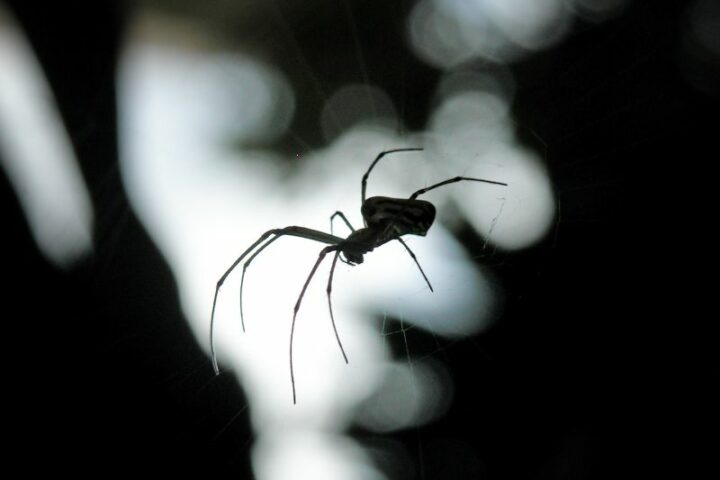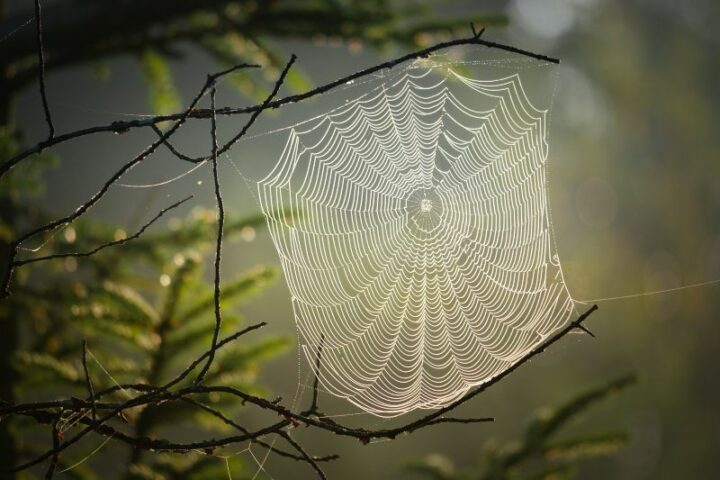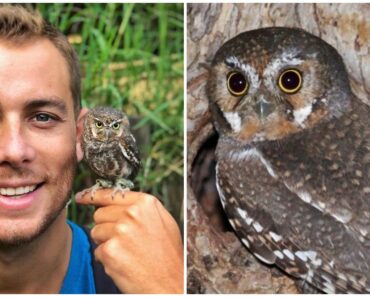Halloween is coming so we thought we’d feature one of the most feared and often misunderstood insects on the planet. Spiders sometimes get a bad rap, but these amazing creatures are actually essential to many ecosystems and some facts about our spider friends would surprise you.

Often people fear what they don’t understand and there are probably a lot of things that people don’t know about these fascinating creatures. We hope to change that! From the size of their brains to the strength of their silk, here are 11 spider facts that will blow your mind!
Spider Facts #1: Spiders have been around for a long time.
Spiders are some of the most ancient creatures on Earth. The oldest known spider fossils date back to 305 million years ago, making them one of the oldest groups of arthropods. They first appeared during the Carboniferous period, a time when vast forests covered the planet and giant insects like griffinflies, with wingspans of up to 28 inches, ruled the skies.
Over the millennia, spiders have evolved to become one of the most successful groups of animals on the planet. They can be found in nearly every corner of the world, from tropical rainforests to icy tundras. There are even species that have adapted to living in caves or underwater. With more than 45,000 described species, spiders are one of the most diverse groups of animals on Earth. And with new species being discovered all the time, it seems likely that this remarkable group will continue to fascinate us for many years to come.
Spider Facts #2: All spiders are predators and use venom to kill their prey.
The venom is injected into the prey through the spider’s fangs, and the venom quickly immobilizes the prey. Once the prey is immobile, the spider can wrap it up in webbing and enjoy a meal at its leisure. However, only a small number of spider species have venom that is dangerous to humans. These spiders include the brown recluse spider, the black widow spider, and the hobo spider. Their venom can cause serious health problems in humans, and in some cases, it can even be fatal. As a result, it’s important to be aware of these spiders and to take steps to avoid them!
Spider Facts #3: The Giant Huntsman spider is the largest spider in the world with a leg span of up to 12 inches!
This colossal arachnid is found in tropical and subtropical areas of Australia, Southeast Asia, and the Hawaiian Islands. Huntsman spiders are non-venomous and not considered dangerous to humans. However, their large size and quick movements can be alarming. These spiders are nocturnal hunters, stalking their prey at night. They are also very fast runners, capable of outrunning most predators. The Giant Huntsman spider is an impressive creature, and its size is truly staggering!
Spider Facts #4: Spiders have eight eyes, but they can’t see very well.
Spiders are often feared because of their many eyes, but it turns out that these eyes don’t give them very good vision. In fact, some spiders have excellent eyesight while others can barely see at all. The eight eyes of a spider are arranged in two rows of four, and each eye has a different function. The main eyes are large and allow the spider to see prey and other movements. The smaller eyes are used for sensing light and dark. Some spiders also have additional eyes on the top of their heads, which help them to detect predators from above.
While spiders may not have great vision, they more than makeup for it with their sense of touch and sense of smell. They also have tiny hairs on their bodies that sense vibration, which further helps them to detect prey and predators. Maybe that’s what inspired Stan Lee to provide Spider-Man with spidey senses when he senses danger!
5) The size of a spider’s brain is relative to its body size and is actually very small.
Spiders are remarkable creatures, capable of spinning webs that are both strong and intricate. But despite their impressive abilities, spiders have relatively small brains. In fact, the size of a spider’s brain is relative to its body size and is actually very small. The brains of some spiders are no bigger than the head of a pin! Despite their small size, however, spiders are skilled hunters and are able to navigate their way around obstacles with ease.
6) The majority of spiders spin webs to capture prey, but not all do.

Some spiders hunt down their prey or lie in wait for it to come to them. Others use their webs as a safety net, catching prey that stumbles into it. Still, others use their webs to disperse their eggs or as a place to rest. Each type of spider has its own unique method of web-spinning, and the size and shape of the web depend on the species of spider and its prey. Regardless of the type of spider, though, all spiders are skilled at using their webs to trap their prey.
7) Silk produced by spiders is one of the strongest materials in the world.
The strength of spider silk comes from its unique composition. It is made up of long-chain protein molecules that are arranged in a spiral configuration. This gives the silk strength and elasticity, making it incredibly tough. In fact, spider silk by the venomous Chilean recluse spider is five times stronger than steel! The next time you see a spider spinning its web, remember that you are witnessing one of nature’s true marvels.
8) Spiders are found on every continent except Antarctica.
Spiders are one of the most widespread groups of animals on the planet, and they can be found in nearly every habitat. They are especially common in tropical and subtropical regions, but they also occur in temperate and cold climates. In fact, there are even species of spiders that live in deserts. No matter where you go in the world, it’s likely that there are spiders nearby. Hope that doesn’t freak you out!
9) Most spiders live for 1-2 years, but some female tarantulas can live for up to 30 years in captivity!
Yes, it’s true! Male tarantulas can live up to 10 years in captivity while female tarantulas can live up to 30 years! Tarantulas are also one of the largest spiders in the world, with some species reaching a leg span of over 12 inches! But despite their reputation, these spiders are generally harmless to humans. In fact, only a tiny minority of spider species such as the black widow and the brown recluse are capable of inflicting a bite that is dangerous to humans. Most spiders pose no threat to us whatsoever.
10) There are over 45,000 known species of spiders in the world and new ones are being discovered all the time!
Spiders come in a huge variety of shapes and sizes, from the tiniest spider, which is less than a millimeter in length, to the giant huntsman spider, which can have a leg span of over 30 centimeters. They also come in a wide range of colors, from brightly colored tropical spiders to drab brown and gray spiders. But no matter what they look like on the outside, all spiders share some common features. They have eight legs, two body segments, and fang-like mouthparts that they use to inject venom into their prey. So next time you see a spider, take a moment to appreciate one of nature’s most amazing creatures!
11) Spiders have blue blood.
One of the most unusual aspects of spiders is the fact that their blood is blue. This is due to the presence of a protein called hemocyanin, which contains copper. In most animals, hemoglobin is responsible for transporting oxygen throughout the body. However, in spiders and other creatures that have blue blood, hemocyanin is the primary respiratory pigment. This quirk of biology can be traced back to the evolutionary history of spiders. Many millions of years ago, spiders emerged from the sea and began to colonize the land. During this transition, they retained some of the characteristics of their aquatic ancestors, including the use of hemocyanin for respiratory purposes.
Did any of these spider facts surprise you? Spiders may not be everyone’s favorite creature, but they’re certainly interesting creatures with a lot of impressive abilities! Now that you know a little bit more about them, maybe you’ll think twice before squishing one the next time you see it crawling around your house!
Please share these 11 awesome spider facts with your friends and family.



